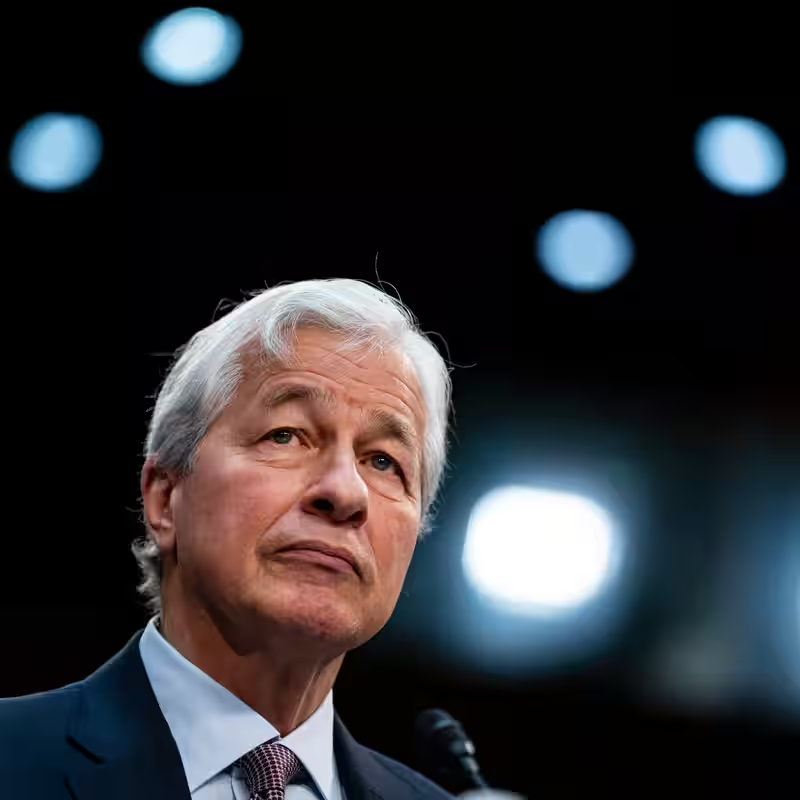Table of Contents
- Record Earnings Mask Growing Concerns
- Jamie Dimon’s ‘Cockroach’ Warning
- Wall Street’s Q3 Blowout: By the Numbers
- Why Strong Profits Don’t Equal Economic Stability
- What’s Next for Banks and the Broader Economy?
- Sources
Record Earnings Mask Growing Concerns
On the surface, everything looks golden for America’s biggest banks. JPMorgan Chase, Goldman Sachs, Citigroup, Bank of America, and Morgan Stanley have all reported blockbuster third-quarter results in October 2025. Profits are soaring, revenues are breaking records, and investor confidence appears rock solid.
But beneath the glossy headlines, a different story is unfolding—one of caution, uncertainty, and even fear.
Jamie Dimon’s ‘Cockroach’ Warning
Jamie Dimon, CEO of JPMorgan Chase—the largest U.S. bank by assets—delivered a stark metaphor during his earnings call: “There might be a cockroach or two hiding in the financial system.”
While the comment may sound offhand, it carries serious weight. In banking circles, the “cockroach theory” suggests that if you spot one problem, many more are likely lurking unseen. Dimon’s warning signals that despite strong balance sheets today, systemic risks could be brewing beneath the surface—ranging from commercial real estate stress to hidden credit deterioration or geopolitical shocks.

Wall Street’s Q3 Blowout: By the Numbers
| Bank | Q3 2025 Profit (YoY Change) | Key Highlights |
|---|---|---|
| JPMorgan Chase | +12% | Strong consumer lending, investment banking rebound |
| Goldman Sachs | Record $15.2B revenue | Highest Q3 revenue in firm history |
| Citigroup | +16% | Global markets division outperformed |
| Bank of America | +23% ($8.5B) | Beat analyst expectations |
| Morgan Stanley | +45% | Wealth management and trading surged |
Why Strong Profits Don’t Equal Economic Stability
Bank earnings are often seen as a proxy for the health of the broader economy. But in today’s unusual environment—marked by a federal government shutdown and delayed official economic data—investors are leaning even more heavily on financial institutions for signals.
Yet, as [INTERNAL_LINK:economy] experts point out, banks can thrive in the short term while systemic vulnerabilities grow. Factors fueling concern include:
- Rising delinquencies in credit card and auto loan portfolios
- Office real estate vacancies straining regional banks
- Interest rate volatility impacting bond portfolios
- Geopolitical tensions disrupting global markets
“These banks are flush with capital now,” said Dr. Elena Ruiz, a macroeconomic strategist at Columbia University. “But capital buffers won’t help if a synchronized shock hits multiple sectors at once.”
What’s Next for Banks and the Broader Economy?
Analysts expect banks to remain cautious in their lending practices through year-end. While consumer spending remains resilient, corporate borrowers—especially in tech and commercial real estate—are facing tighter credit conditions.
Meanwhile, the Federal Reserve’s next move on interest rates remains uncertain. With inflation still above target and labor markets cooling, the central bank is walking a tightrope.
For now, Wall Street celebrates—but the mood is far from euphoric. As one senior banker anonymously told The New York Times: “We’re making hay while the sun shines. But we’re also building sandbags.”




